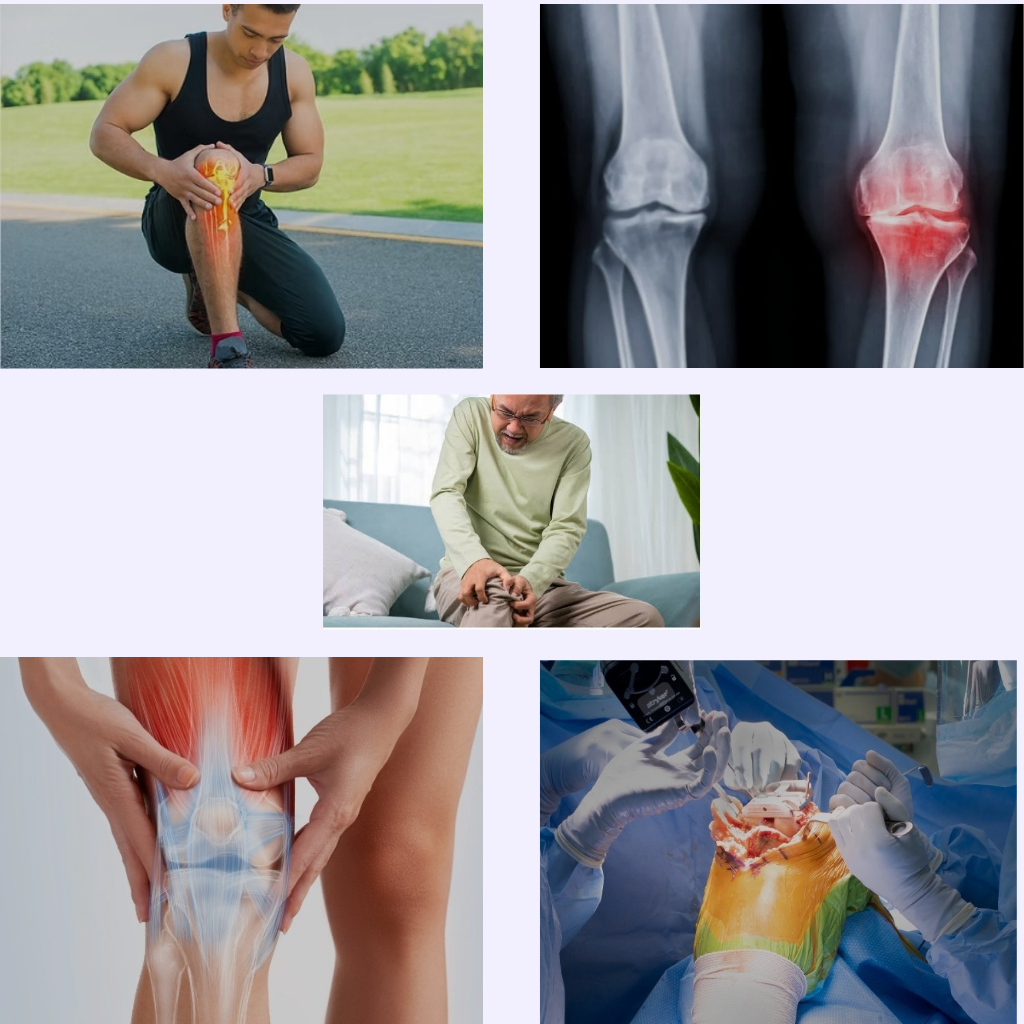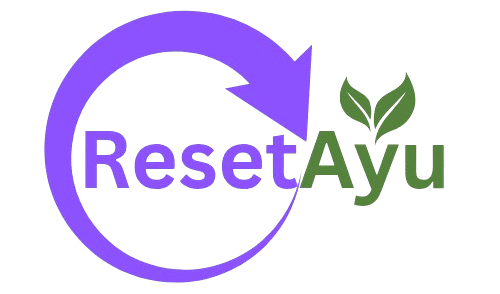Joint Pain & Osteoarthritis

Joint Pain
Joint pain refers to discomfort, aches, or soreness in any of the body’s joints, where two or more bones meet. It can result from injury, inflammation, arthritis, or infections. Common causes include osteoarthritis, rheumatoid arthritis, bursitis, and gout. Symptoms may range from mild stiffness to severe pain, often accompanied by swelling, redness, or reduced mobility. Joint pain can affect daily activities and quality of life, particularly when persistent or chronic. Treatment depends on the underlying cause and may include rest, physical therapy, medications, or lifestyle changes. Early diagnosis and appropriate care can help manage symptoms and prevent further joint damage.
Knee Pain
Knee pain is a common condition that affects people of all ages and can significantly impact mobility and quality of life. It may result from injury, overuse, or medical conditions. One of the major causes of chronic knee pain is osteoarthritis—a degenerative joint disease that occurs when the cartilage cushioning the bones in the knee gradually wears down. This leads to inflammation, stiffness, swelling, and pain, especially during movement. Other causes of knee pain may include ligament injuries, tendonitis, or bursitis. Proper diagnosis and early treatment are crucial in managing symptoms and preventing further joint damage in osteoarthritis-related knee pain.
OSTEOARTHRITIS
Osteoarthritis is the most common form of arthritis, characterized by the gradual breakdown of cartilage in the joints. It typically affects weight-bearing joints like the knees, hips, and spine, though it can occur in any joint. As the protective cartilage wears away, bones begin to rub against each other, causing pain, stiffness, swelling, and reduced joint flexibility. The condition develops slowly and worsens over time, often affecting middle-aged and older adults. Risk factors include aging, joint injury, obesity, and genetics. In Ayurveda OSTEOARTHRITIS is called “SANDHIVATA”. In Ayurveda, Sandhivata is recognised by the vitiation of VATA DOSHAthe vitiation of Vata dosha in joints leads to pain, stiffness and degeneration of cartilage. The treatment options such as physical therapy, medications, lifestyle changes, and, in severe cases, surgery can help manage symptoms.
Solutions
There’s no cure for arthritis, and you can’t regrow the cartilage in your affected joints. But you can find ways to manage it.
Medications: Modern Pain Killers (Analgesic) and Steroids can help reduce pain and inflammation. But it’s not right way for such long time chronic conditions as these medicines have side effects on liver, kidney etc.
Exercise: Moving your joints can relieve stiffness and strengthen the muscles around them. Low-impact activities like swimming, aerobics and weight training can all help.
Yoga can be a beneficial for managing osteoarthritis. It’s processes like Asanas, breathing exercises, and meditation can help to improve physical functions and reducing pain. It can help to strengthen the muscles around joints, improve flexibility and range of motion, and reduce pain and inflammation.
Ayurvedic treatment for arthritis offers a natural, comprehensive approach that addresses the root causes of the disease, balances the doshas, and promotes long-term healing. By combining Ayurvedic medicines, external treatments, and lifestyle modifications, Ayurveda provides effective relief from the pain, stiffness, and inflammation associated with arthritis.
ORTHOLIV Capsule is an Ayurvedic formulation which gives faster relief in painful arthritic conditions and helps to manage Osteoarthritis. For more details click https://resetayu.com/ortholiv/
